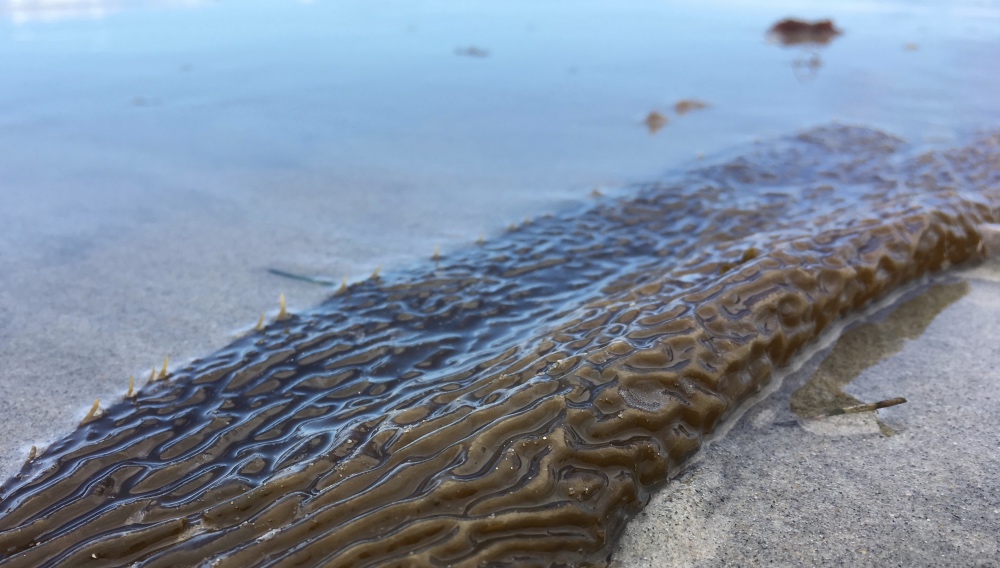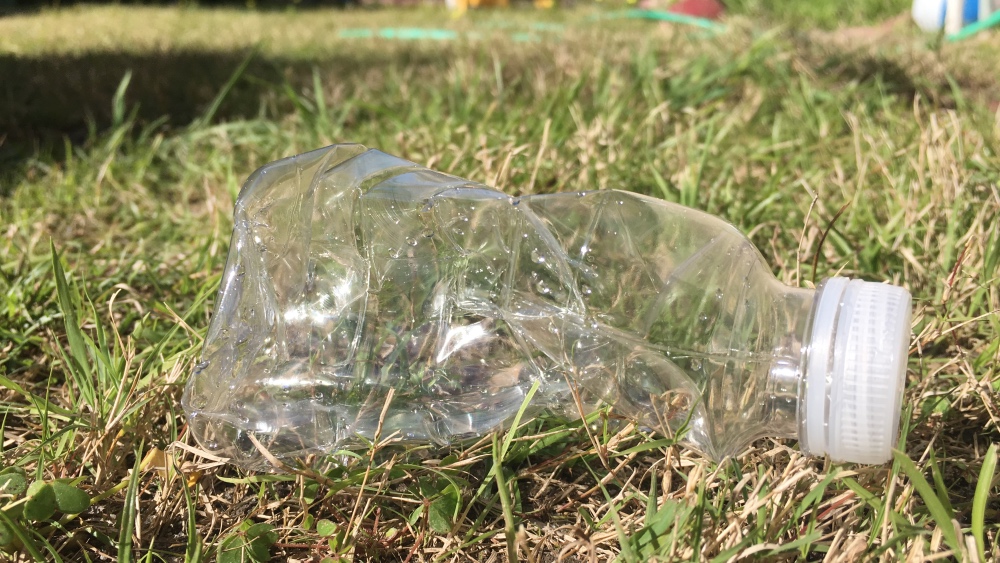Imagine diving through an underwater area with a lot of giant algae, a kelp forest. These underwater forests are very productive ecosystems and capture carbon the same way as forests on land. They take in carbon dioxide, produce oxygen, and create a healthy ecosystem for plants and animals. Unfortunately, these kelp forests are in danger. As the planet is getting warmer much of that heat is absorbed by warmer surface waters in the ocean. That warm water layer is getting bigger and nutrients from cold currents can’t reach the kelp forests any more. Kelp and marine animals are disappearing and ocean deserts are getting bigger. That sounds terrifying, is there a way to stop that trend? Actually, there is.
Growing back kelp forests may be one of the most extraordinary ways to reverse global warming
https://www.drawdown.org/solutions/coming-attractions/marine-permaculture
Today’s post is about Dr. Brian Von Herzen and his climate foundation. He came up with a way of restoring cold ocean currents to reestablish plankton, kelp, and fish. His invention is a wave powered tube that pumps cold water to an underwater structure to regrow plankton and kelp. This is how it works.

The left picture shows how cold currents naturally work. As wind blows warmer water to the side it gets replaced by cold, nutrient rich water. The nutrients help plankton, kelp, and seagrass to grow and marine animals to flourish. The picture in the middle shows how the warm water layer expands with raising temperatures. Cold, nutrient rich water can’t reach the kelp forest and ocean deserts expand.
The picture on the right shows Brian’s cold water pump. It pumps cold, nutrient rich water from deeper levels closer to the surface. The water flows into a structure where plankton and kelp can grow and bring back other marine plants and animals.
Restoring plankton and kelp sounds like a great idea. The numbers for carbon sequestration are actually massive and could make a real impact! Plankton are tiny but significant.
“They comprise half of the organic matter on earth and produce at least half of the earth oxygen”
http://www.climatefoundation.org/what-is-marine-permaculture.html
As with plankton, kelp sequesters huge amounts of carbon dioxide. On top of that, kelp can be harvested and utilized:
Floating kelp forests could provide food, feed, fertilizer, fiber, and biofuels to most of the world
Paul Hawken, Drawdon
I love this brilliant invention! Climate Foundation is currently testing the pump in Australia and the Philippines. Hopefully this can be adapted more widely soon so that we can restore ocean health, capture carbon emissions, and maybe one day reverse global warming!
Sign up for weekly inspiration right in your inbox



